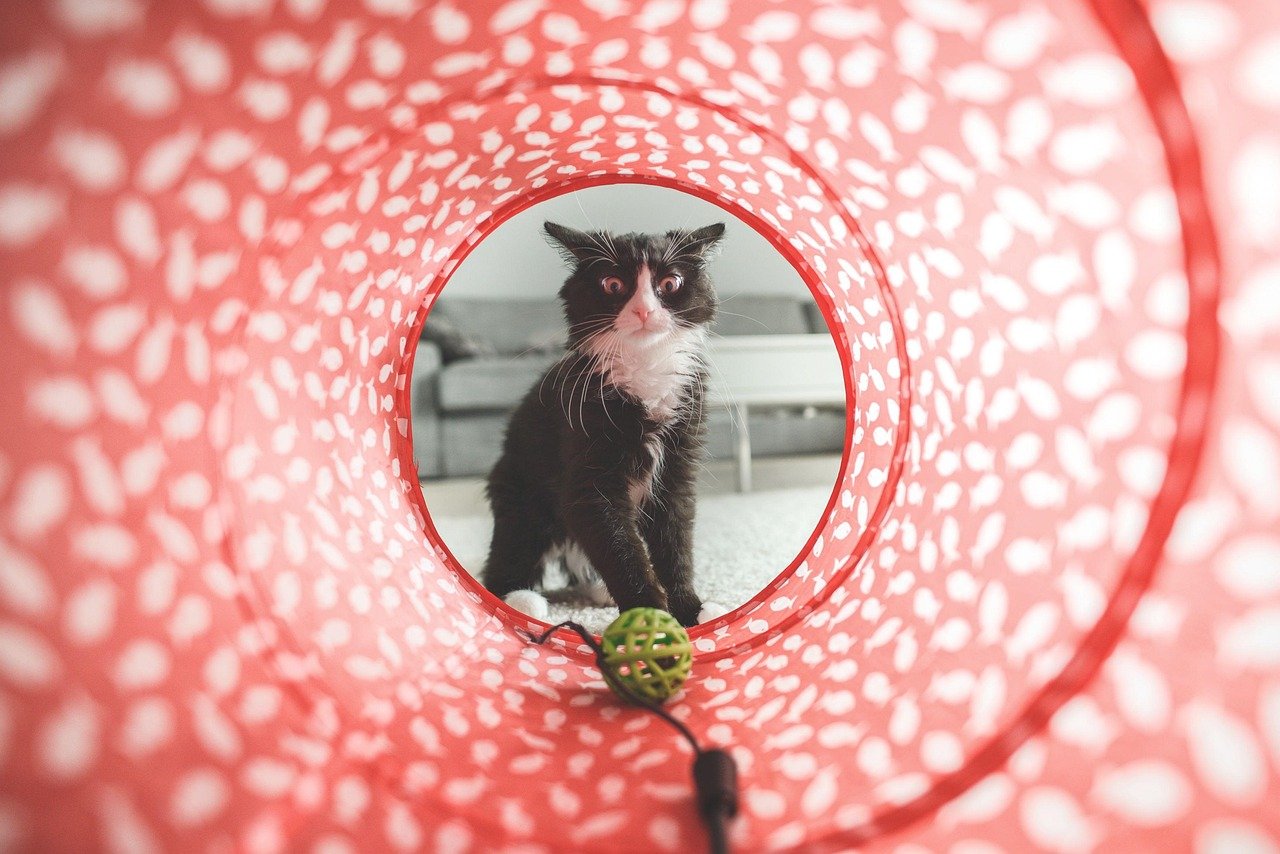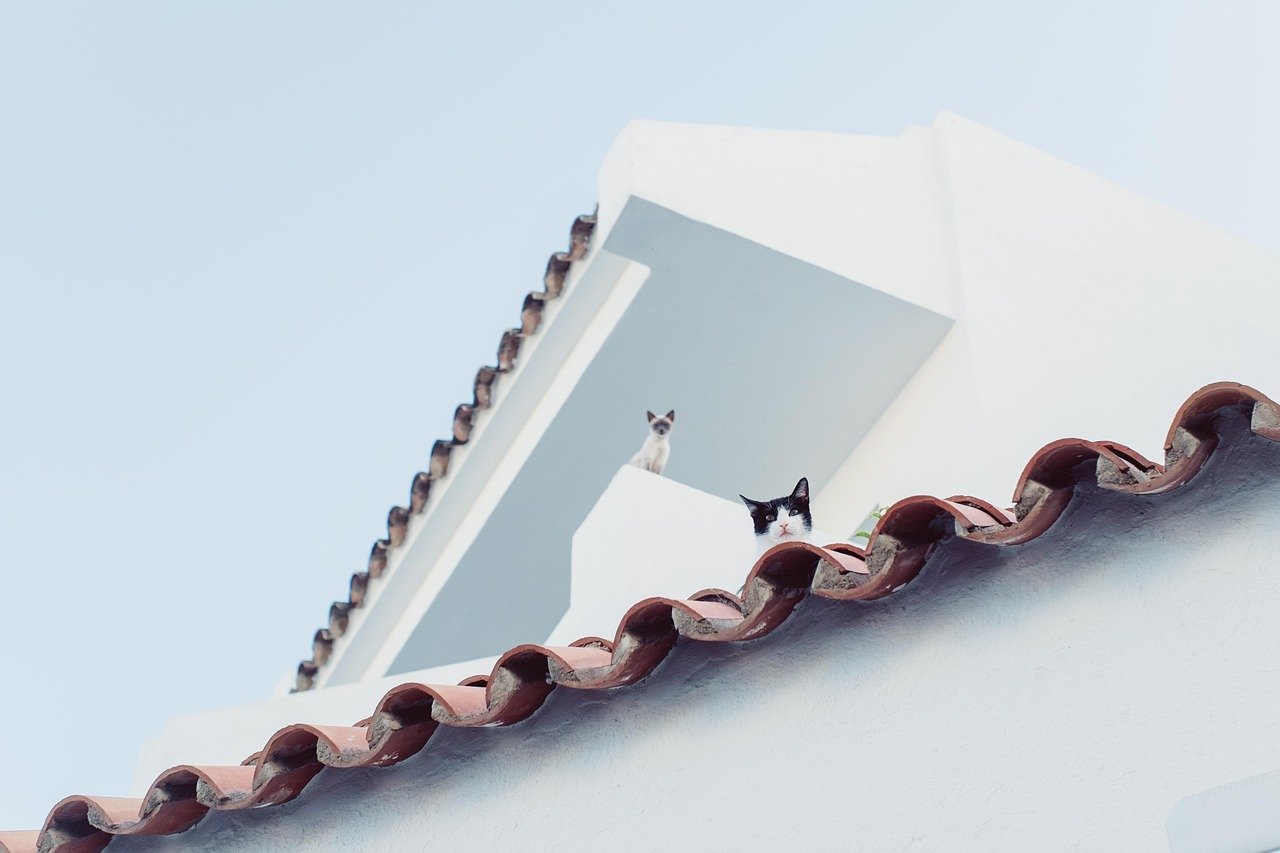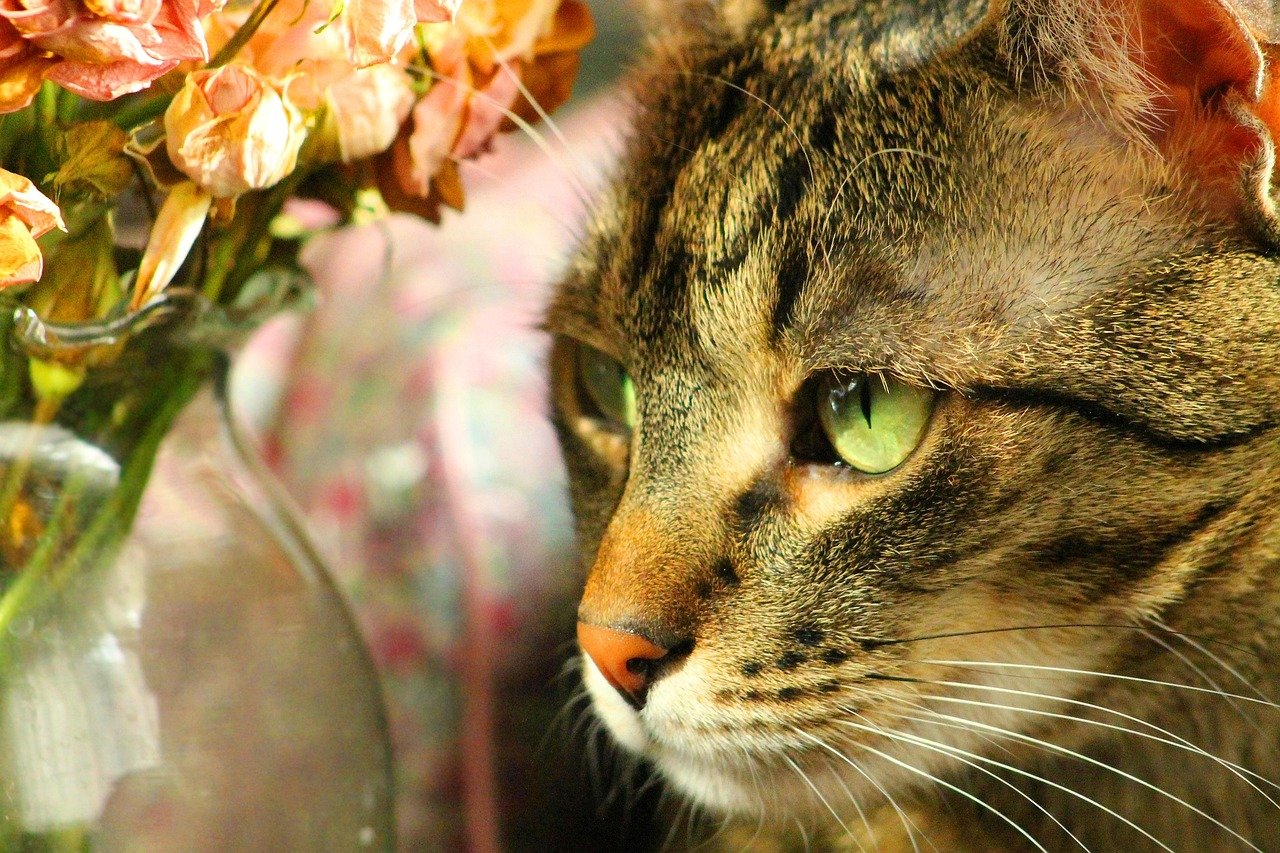Creating a multi-sensory play zone for your indoor cat is an enriching experience that can transform your home into a feline paradise. Indoor cats, while safe from the perils of the outside world, often miss out on the plethora of stimuli that nature provides. By designing a play zone that caters to their sensory needs, you can improve their quality of life, reduce stress, and encourage more physical activity. This article will guide you through the steps to build a playful haven for your feline friend, ensuring their environment is both stimulating and safe.
Understanding Your Cat’s Sensory Needs

Cats rely heavily on their senses to navigate the world around them. Their keen eyesight, acute hearing, and sensitive whiskers play crucial roles in their daily lives. Understanding these needs is the first step in creating an effective play zone. Cats are natural hunters, and their playtime is often a reflection of their predatory instincts. They love to stalk, pounce, and chase, so incorporating elements that allow them to express these behaviors is essential. Additionally, providing a variety of textures and sounds can keep them engaged and curious.
Choosing the Right Location

Selecting the right spot in your home for the play zone is vital. Ideally, it should be a space where your cat feels safe and can easily retreat to if they feel overwhelmed. Consider areas that are away from loud noises or high foot traffic. A corner of a quiet room or a sunny window ledge can be perfect. Cats love to observe their surroundings, so a location with a view can provide endless entertainment. Also, make sure the area is free from hazards and offers enough room for your cat to move around freely.
Incorporating Vertical and Horizontal Spaces

Cats love to climb and explore different levels, so incorporating both vertical and horizontal spaces in the play zone is important. This can be achieved by adding cat trees, shelves, or even wall-mounted climbing systems. These structures not only satisfy a cat’s natural urge to climb but also provide an excellent vantage point for them to survey their territory. On the horizontal plane, consider placing tunnels, soft mats, and scratch pads for added interest. By creating a multi-level environment, you cater to your cat’s instinctual behaviors while providing ample opportunities for exercise.
Stimulating Their Sense of Smell

A cat’s sense of smell is incredibly powerful and plays a significant role in their perception of the world. Introducing various scents can enhance their environment and stimulate their curiosity. Catnip is a popular choice, as many cats find it irresistible and it can make playtime more exciting. You can also use scented toys or sprinkle small amounts of dried herbs like rosemary or mint in the play area. However, it’s important to introduce new scents gradually and observe your cat’s reaction to ensure they enjoy them.
Engaging Their Hearing
Sounds can be a great source of stimulation for cats. Toys that make noise, such as crinkle balls or those with bells, can captivate their attention. Additionally, you can play soft music or nature sounds to create a soothing atmosphere. Some cats enjoy the sounds of birds chirping or water flowing, which can remind them of the outdoors. Be mindful of the volume and type of sounds, as some cats can be sensitive or easily startled. Experiment with different auditory stimuli to find what your cat prefers.
Providing a Variety of Textures
Cats are tactile creatures, and the feel of different materials under their paws can be intriguing. Incorporate a variety of textures in the play zone to keep it interesting. Soft blankets, sisal rope, and smooth surfaces can all contribute to a stimulating environment. Textured toys can also provide additional sensory input during play. By offering a range of materials, you allow your cat to explore with their paws and mouth, satisfying their natural curiosity and providing mental enrichment.
Interactive Play and Bonding
Interactive play is a crucial element of a multi-sensory play zone. It not only stimulates your cat’s senses but also strengthens the bond between you and your pet. Use wand toys, laser pointers, or feather teasers to engage your cat in active play sessions. These activities mimic hunting and allow your cat to express their natural behaviors. Regular playtime can prevent boredom and reduce behavioral issues, ensuring a happier, more contented cat. Always supervise interactive play to ensure safety and adjust the intensity according to your cat’s energy levels.
Ensuring Safety and Comfort
While creating a stimulating environment, it’s essential to prioritize your cat’s safety and comfort. Avoid sharp edges, small parts that can be swallowed, or items that can topple over. Ensure all structures are stable and secure, and regularly check toys for wear and tear. Comfort is also key; provide cozy spots for resting and ensure the play area is neither too hot nor too cold. By balancing stimulation with safety and comfort, you create a harmonious environment that supports your cat’s well-being.
In conclusion, building a multi-sensory play zone for your indoor cat can significantly enhance their quality of life. By understanding and catering to their sensory needs, you create a space where they can thrive both physically and mentally. With thoughtful planning and creativity, your home can become a vibrant playground that keeps your furry friend happy, healthy, and entertained.

Suhail Ahmed is a passionate digital professional and nature enthusiast with over 8 years of experience in content strategy, SEO, web development, and digital operations. Alongside his freelance journey, Suhail actively contributes to nature and wildlife platforms like Feline Fam, where he channels his curiosity for the Feline into engaging, educational storytelling.
With a strong background in managing digital ecosystems — from ecommerce stores and WordPress websites to social media and automation — Suhail merges technical precision with creative insight. His content reflects a rare balance: SEO-friendly yet deeply human, data-informed yet emotionally resonant.
Driven by a love for discovery and storytelling, Suhail believes in using digital platforms to amplify causes that matter — especially those protecting Earth’s biodiversity and inspiring sustainable living. Whether he’s managing online projects or crafting wildlife content, his goal remains the same: to inform, inspire, and leave a positive digital footprint.






